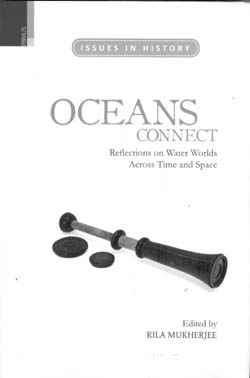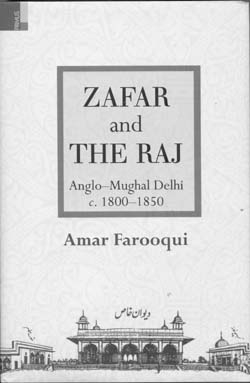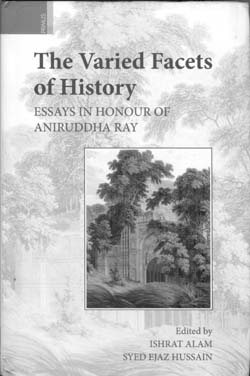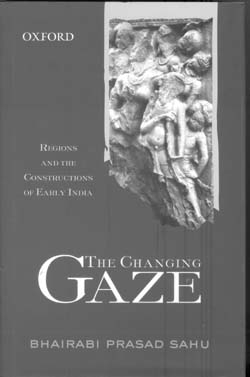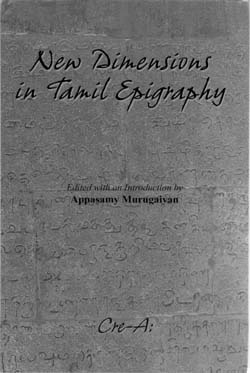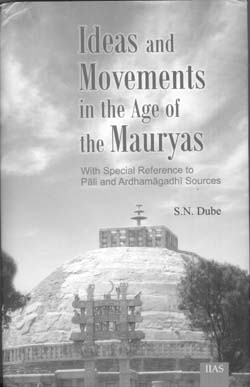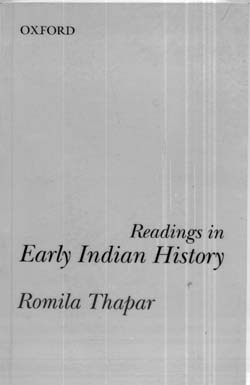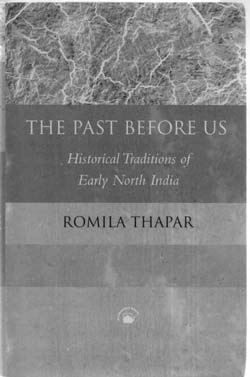India is perhaps the best place to be a vegetarian. Unless you want one, your options while dining in or out are never restricted to a bowl of steamed vegetables.
Archives
January 2014 . VOLUME 38, NUMBER 1The poetry of this collection of poems is the poetry of the glide. It is poetry that results from the choreographed re-focussings of the main thought into the body of the poem.
An active engagement with disability in India only began in the mid-nineties. Some of the defining works on gender and disability in India were Anita Ghai’s (Dis)Embodied Form:
In recent times, legal engagements with disability have increased considerably following India signing and becoming signatory to the United Nations Convention of Rights of Persons with Disabilities (UNCRPD) in 2007.
Jan Breman’s scholarship on the rural economy in the Indian subcontinent has remained one of the most significant contributions on the literature in the past several decades.
The global financial crisis of 2008 has dealt a double blow at the fundamentals of the world economic system, which the latter is still grappling with.
Rita Kothari’s book focuses on Banni, a small region in northern Kutch that ‘interrupts the idea of Gujarat as a linguistically, culturally and politically cohesive territory with bounded citizenship’ (p. 3). Kutch, which became a district in the linguistic state of Gujarat in 1960 is marked by a long history of mobility and migration that questions the idea of the homogeneity of Gujarat that is an essential and recurring feature of the government’s discourse today.
Oceans have always represented the vast unknown, and been the gateways for exploring uncharted territories and new worlds. New discoveries and improved technology led to the era of colonization and global capitalism, creating a more closely connected inter-dependent world.
As a primordial form of identity, people in the Indian subcontinent possess a remarkable affinity to the place where they come from. Different regions have their own sense of linguistic, literary and cultural dynamics that bind people together while also distinguishing them from those inhabiting other regions.
The life and times of Bahadur Shah Zafar II have generally been examined from the perspective of the 1857 uprising and the exile of this ‘tragic’ emperor who experienced the collapse of the vestiges of Mughal power. The book under review, however, strikes a different note.
This is a somewhat motley, though interesting, collection of articles. There is little to string them together, in terms of a theme. Yet this is precisely what constitutes a smorgasbord of historical work and musings, from which almost everyone would find an interesting tid-bit or two to sample.
This volume, despite its slightly vague title, is a valuable collection of essays which survey writings on various areas of Indian history, especially ‘new and developing areas of study’.
I begin with a quote from B.D.Chattopadhyaya, ‘The volume makes a point that the pan-Indian patterns of civilization and historical processes may be best understood from their intersections with how these patterns shape and get reshaped in the context of regions’.
Epigraphic studies need special training and interpretative skills. Appasamy Murugaiyan, the editor of the present collection of essays, reiterates this by hailing the Indian epigraphic tradition and the contributions of the pioneers to South Indian epigraphy.
The title of the book is inviting and indicates in an immediate sense that there would be something new to look forward to. An initial glance at the contents page, however, lends a picture that we are already familiar with. The book under review is thus marked by a terrain that is all too well-known to students of history.
We have just completed the golden jubilee year of the publication of D.D.Kosambi’s ‘Combined Methods in Indology’ in the Indo-Iranian Journal in 1963. This remarkable essay was in print several decades before the vocabulary of ‘cultural turn’, ‘linguistic turn’, ‘ethno-archaeology’, ‘ethno-Indology’, ‘ethno-history’…
This volume of the People’s History of India deals with not just five hundred years of its history but also an important phase in the making of early India. It was marked by the consolidation of earlier trends in north India and the spread of cities and states in other parts of the country; with all their socio-political implications.
Romila Thapar’s book is a compilation of sixteen essays most carefully chosen, almost like selecting the best of pearls to be strung. A collection of essays on history would definitely open up with issues in historiography and so does the first section incorporating three essays.
This is a book that the world has been waiting for. Romila Thapar has been working on it for quite some time. She would publish an occasional paper on the theme since the middle of the seventies of the last century. Our appetite has been whetted ever since.








